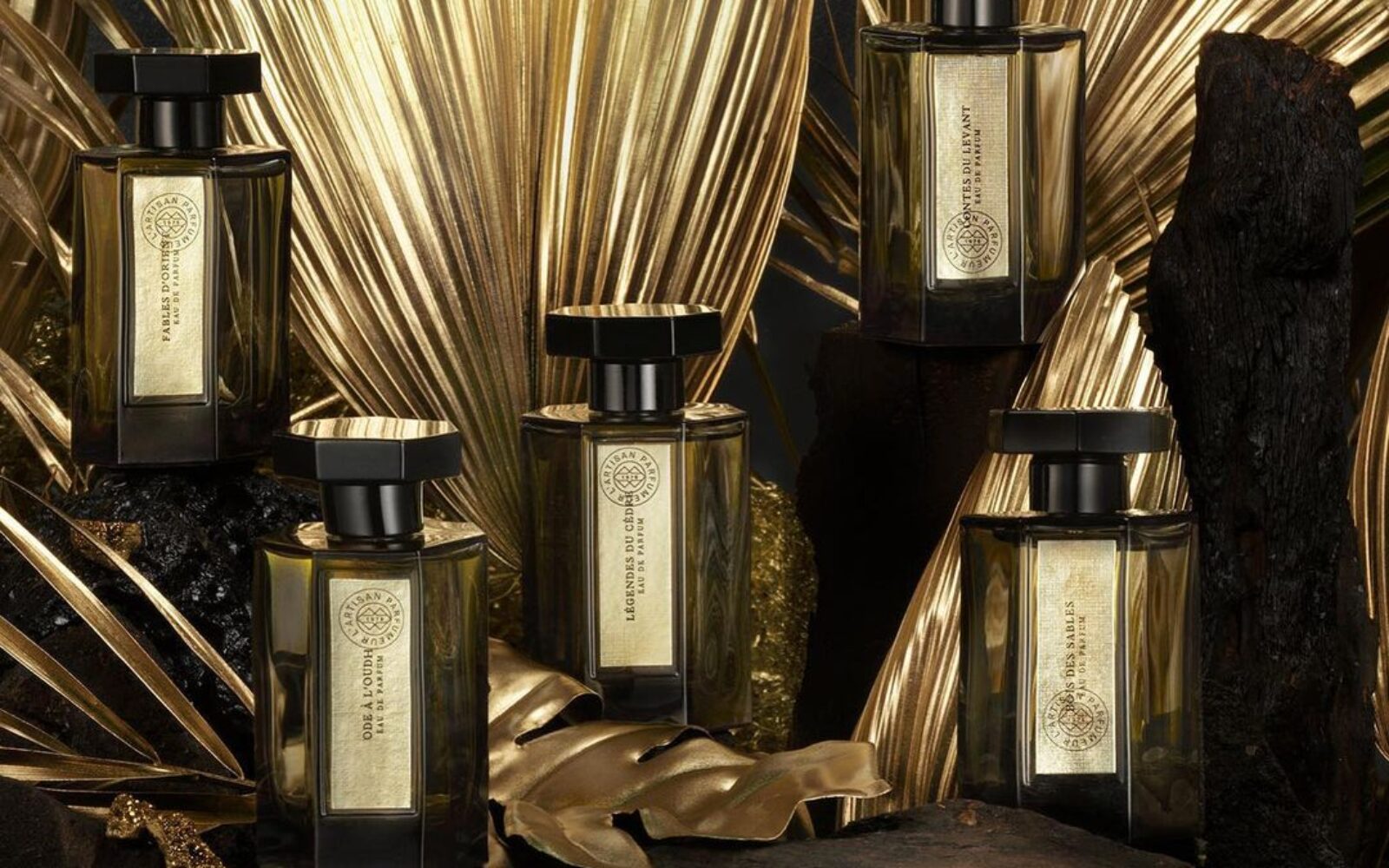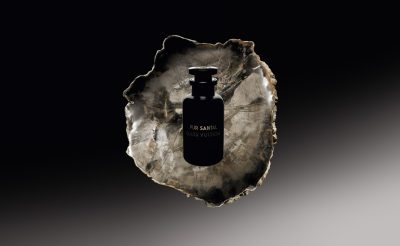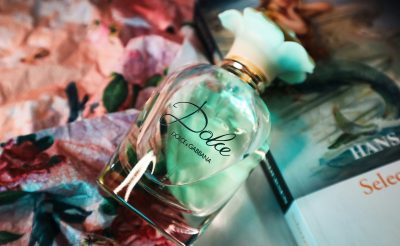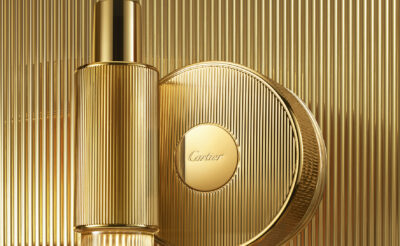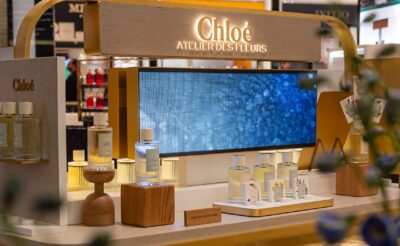L’Artisan Parfumeur, the French perfume house, has just launched its L’Orient Fragrance Collection, inspired by the Middle East. But what makes a regional scent?
When it comes to memorable scents, L’Artisan Parfumeur is up there with the best. Since 1976, from its Paris headquarters, it has specialised in exquisite fragrances, and has looked to the Middle East for its new L’Orient Fragrance Collection. The work of perfumer Christophe Raynaud, the range has five separate fragrances – Legendes du Cedre, Contes du Levant, Bois des Sables, Ode a l’Oudh and Fables d’Orient – with each inspired by the ingredients, notes and tones typically found in the region.
Turkish rose, saffron, cedar, vanilla, patchouli, oud and spices all make their presence felt, with varying woody and floral nuances. But what is a Middle Eastern scent? Which ingredients are the most important? And what do we recognise as a fragrance typically from the region? Raynaud was happy to explain.
View this post on Instagram
So why make a collection inspired by the Middle East?
It was important to the brand’s heritage. Founder Jean Laporte often travelled to the region to source raw materials. He loved to walk around the souks, taking in the aromas, and discovering such wonderful and unusual ingredients. So the Middle East has been with L’Artisan Parfumeur from the start, and this collection pays homage.
Does the brand have a loyal customer base in the region?
In the Middle East, fragrances are very popular, and rooted in society, daily practices and customs – a true cultural element. Due to the climate and the ingredients, Middle East fragrances evolve throughout the day on the skin and in the home. Lots of L’Artisan Parfumeur scents are popular in the region, such as L’Eau de Ambre, Historie d’Orangers and Arcana Rosa, and we hope the L’Orient Fragrance Collection will find a few more followers.
View this post on Instagram
What defines a Middle East fragrance?
Spices, woods, flowers and other balms are typical of the ingredients used, and oud of course is very popular. This is a fragrant resin produced by the Agar tree to protect itself from fungus, and when used in perfume has an undeniable leathery-animal note. But due to its rarity and the time needed to produce it, oud is also expensive. Another interesting ingredient is opoponax, a plant found in the arid lands of the Middle East. There is a resin that comes from the stem, which gives a warm, woody, velvety note, often found in the base note of amber fragrances. And similarly, there is cistus, a small shrub native to the region, which produces a resin called labdanum, used to protect it from dehydration, and also featured as a base.
Fragrances are said to have a base, middle and top, but what does that mean?
They relate to volatility, so the top notes are the most volatile ingredients, such as citrus, emerging when a perfume is first sprayed on the skin, but quickly disappearing. The heart notes, meanwhile, last for approximately six hours, with the base notes taking much longer to emerge, lasting until the end of the day.
So how do the fragrances in the new collection differ?
We have five, starting with Legendes du Cedre, which is creamy cedar, with hints of saffron and muscade nuts, with labdanum resin. Then Contes du Levant is very clean and simple, capturing the green, spicy scent of the Turkish rose, gently infused with incense and patchouli. For a bold, woody bouquet, try Bois des Sables, which blends patchouli, vetiver, sandalwood, oud and cedar with hints of vanilla. Then Ode a l’Oudh is very fruity and floral, with base notes of oud resonating with saffron and vanilla bean. Finally, Fables d’Orient was inspired by the heliotrope flower, with a warm, peppery scent, amber and musk.
View this post on Instagram
Do the heat and humidity make wearing fragrances here more challenging?
The fragrances in the new collection are all eau de parfum, which have a higher concentration of oils, and last much longer than eau de toilette, for example. But in the Middle East, you may still need to apply more often than usual, such as in the morning, after lunch, and then again in the evening. A tip is to apply some to your clothes, as this will keep the overall scent intact, and unaffected by the heat or humidity of the skin. Also keep your fragrances out of strong sunlight, as this will make them deteriorate.
How do you know if a fragrance is right for you? Does the price matter?
Fragrances evolve over time, so try wearing it for a few hours and see if you like how it changes. Obviously, you want a scent that makes you feel good about yourself. The more expensive a fragrance is, the likelihood is that the raw materials will be of a better quality, and therefore it will last longer on the skin. That said, if you find a fragrance is not lasting that long, apply a body cream or lotion first, as dry skin will absorb the moisture from the perfume, creating a faster evaporation. Shop now
Read Next: Meet The Mother-Son Duo Behind Sustainable Fragrance House Ormaie

